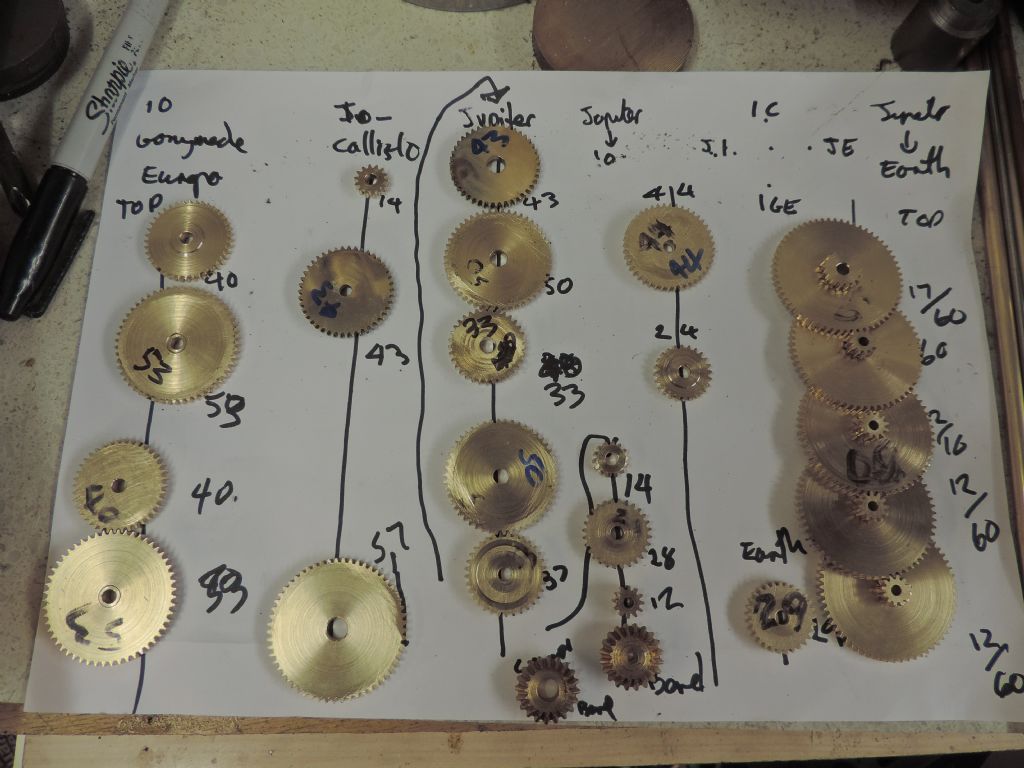Posted by Roderick Jenkins on 20/10/2016 12:34:03:
Posted by SillyOldDuffer on 20/10/2016 12:14:24:
I'm impressed by this method. The cutter is a lot easier to make than an equivalent form tooth for fly-cutting
Agreed. I see how this method works for a gear with a large number of teeth, even the Brown & Sharpe cutters assume that anything greater than 135 is the same as a rack. I can also see that the interference from the cutting teeth modify the form either side of the primary horizontal tooth and would be sufficient to give a good form for teeth down to, say, 60. Does anybody have a formula for calculating the adjustment required either side of the horizontal to give a good approximation to the involute down to e.g. 16 teeth? How does a Sunderland shaper do that?
Rod,
The principle works right down to the smallest of gears. If you think about it, a tiny gear (say 8 teeth) will still roll perfectly along a rack, although its teeth will be undercut to the extent of resembling tulip flowers. Rarely seen in metal but look at small plastic pinions end-on.
You reproduce this rolling motion by moving the rack form cutter along a set number of steps. Say you take four cuts, the cutter should move 1/4 of a tooth spacing and the blank should be turned round 1/4 of a tooth before travelling round the blank a second time.
In practice, a gear of > about 30-40 teeth will a have several cuts taken by a single pass of the cutter and indexing the blank means every tooth gets all of these cuts. As long as one cutter tooth is at centre height to give a full-depth to the spaces the teeth will have a decent form.
As the blank gets smaller the single pass will take fewer cuts, but even a 12-tooth gear gets three cuts per tooth.
If you rotate the blank by half a tooth and move the cutter half a tooth and go around again smaller gears will get a total of six cuts and larger ones twelve or more.
Every one of these gears was made with a single pass, they are 0.7 mod and they run together freely at their 'designed' PCDs despite some of them being on over/undersized blanks. I lie – one of them needed a light fettle as it had a small step near the bottom of the tooth flanks.
I think my cutter may be slightly over-size (i.e. the end flat may be slightly too wide so the cutter feeds in a bit too far), but the gears are more than adequate for my needs.
If I was making gears of over 1mod or 20DP I would probably take two passes for gears where the cutter only makes three cuts per pass.
Neil

John Haine.






